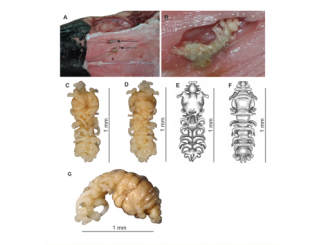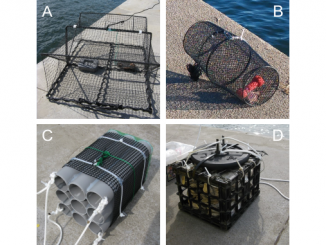
Paper category: Original research paper
Corresponding author: Marta B. Tykarska (marta.tykarska@phdstud.ug.edu.pl)
DOI: 10.2478/ohs-2019-0007
Received: July 04, 2018
Accepted: September 13, 2018
Full text: here
Citation (APA style):
Abstract
Four Talitridae species have been recorded in the southern Baltic Sea, including two indigenous species – Talitrus saltator, Deshayesorchestia deshayesii, and two presumably non-indigenous ones – Cryptorchestia garbinii, Platorchestia platensis. It has been twelve years since Platorchestia platensis was recorded for the first time. The distribution and abundance of talitrids have not been studied since the 1990s. Therefore, the main objective of this research was to document the occurrence in Talitridae in the region in order to determine whether non-indigenous P. platensis has spread and whether it co-occurs with indigenous species. Talitrids were recorded at 20 out of 43 sampling sites. T. saltator occurred both along the coast of the open sea and in the Gulf of Gdańsk. The remaining species were found only around the gulf. P. platensis was more abundant than other species and its density was positively correlated with wrack biomass. Our studies have shown that the area of T. saltator occurrence has decreased during the last two decades. Non-indigenous species P. platensis co-occurred with all other Talitridae species, whereas C. garbinii co-occurred only with P. platensis.




Bądź pierwszy, który skomentuje ten wpis